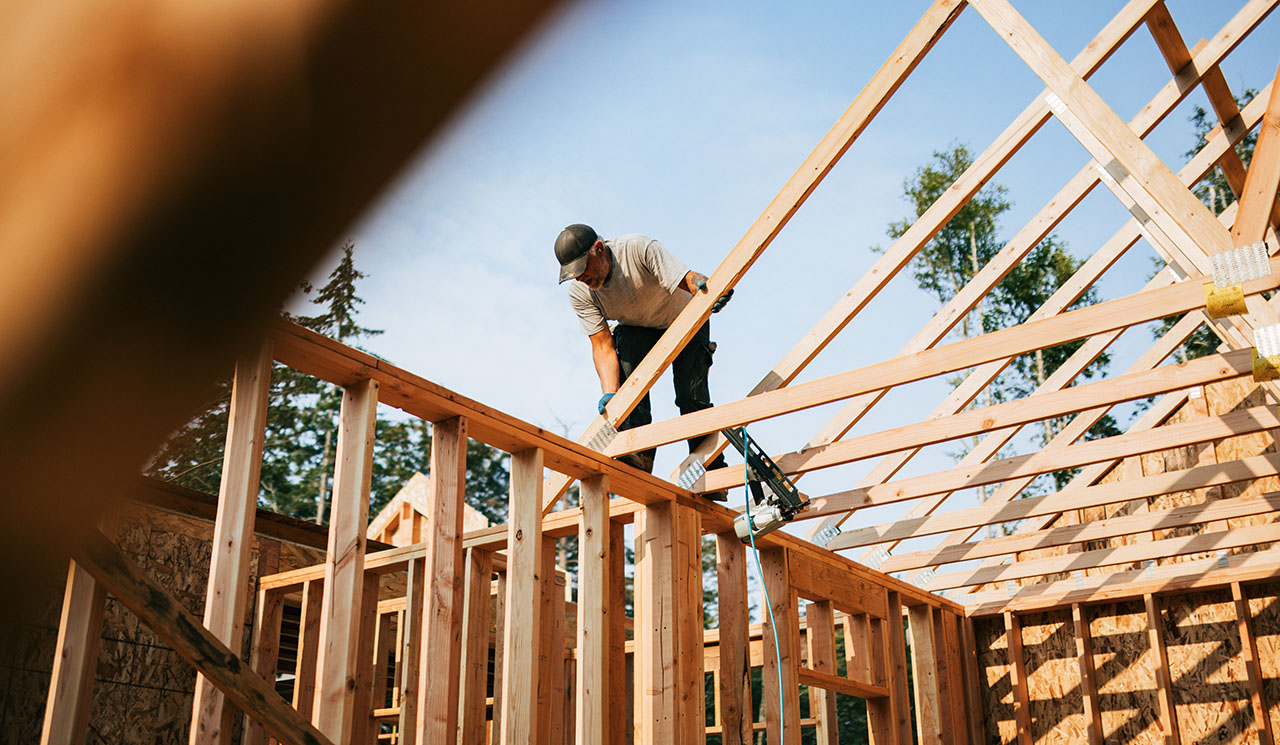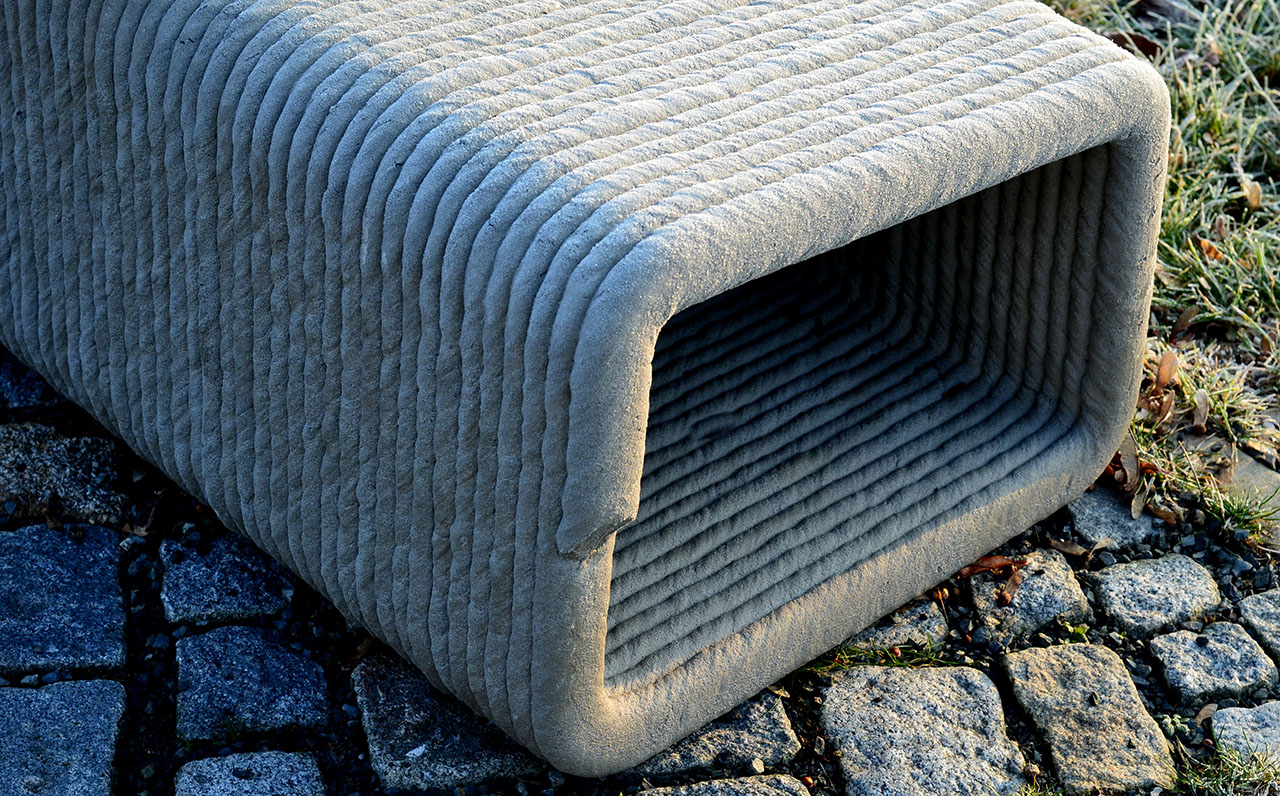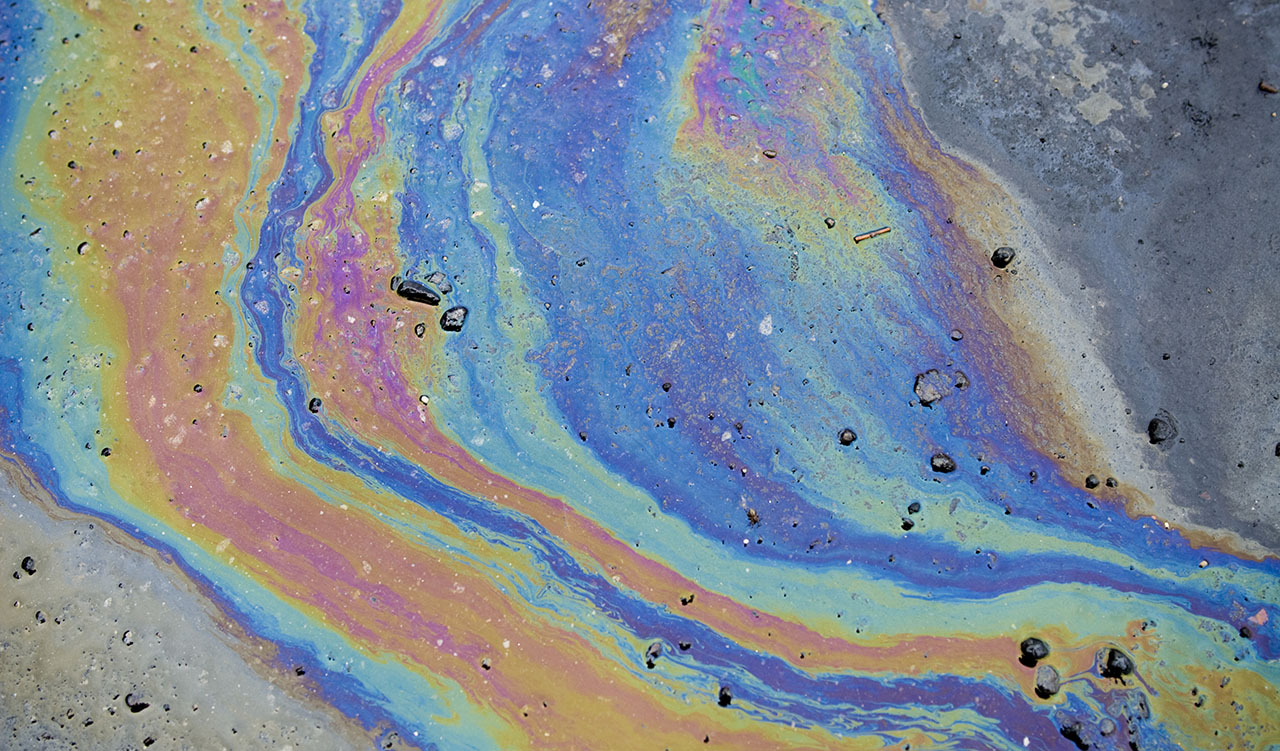NEWS
Closing the Loop: Sustainability and Circular Design
New standards focus on the product design process and its relationship to that product’s environmental impact.
Read More
Podcast: Making Waves: Standards for Water Sports
Surf’s up…standards ahead! Experts dive into the wipeouts and wins of wave pool innovation.
Read More
STANDARDIZATION NEWS
July / August 2025
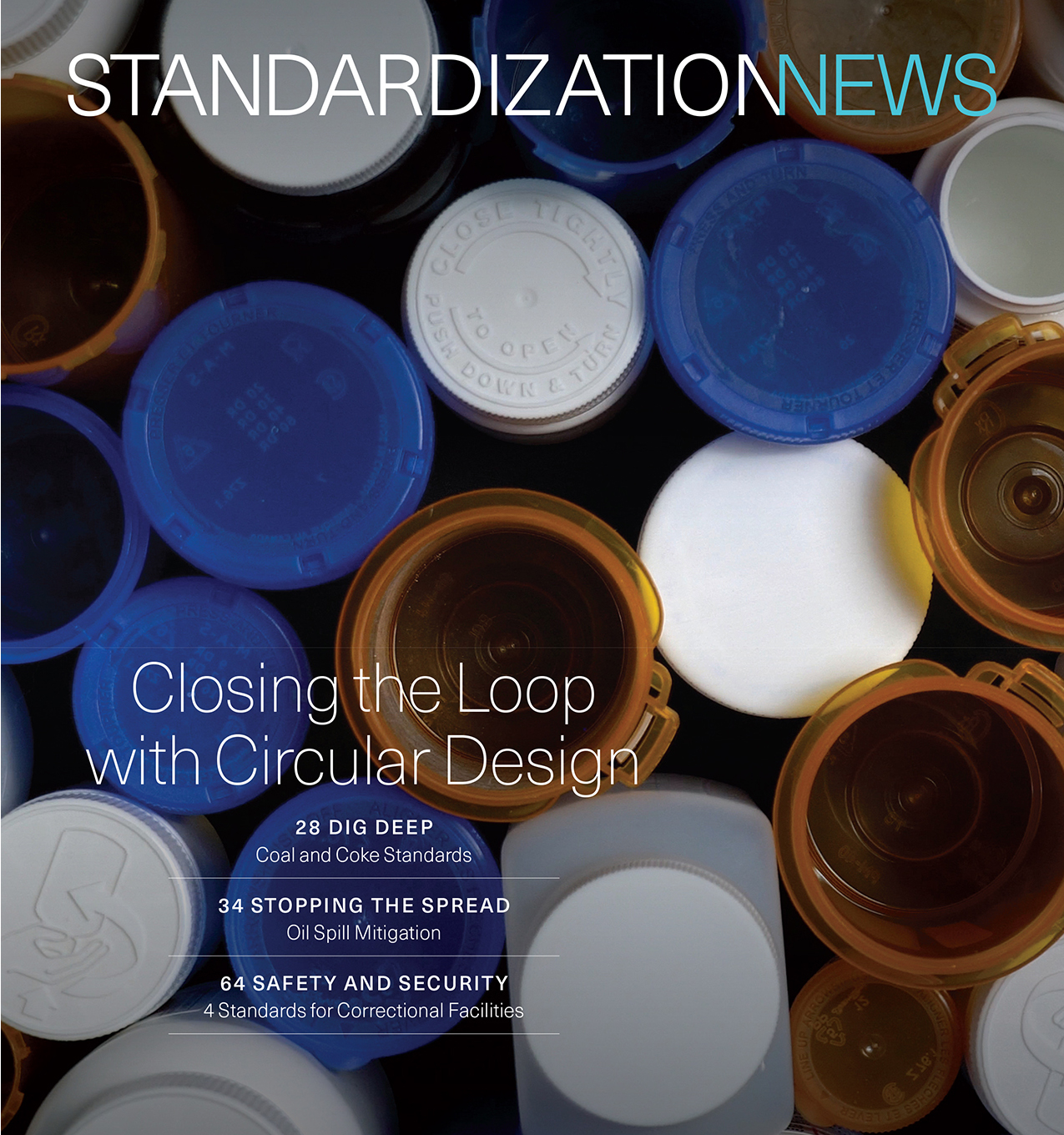
What’s Happening
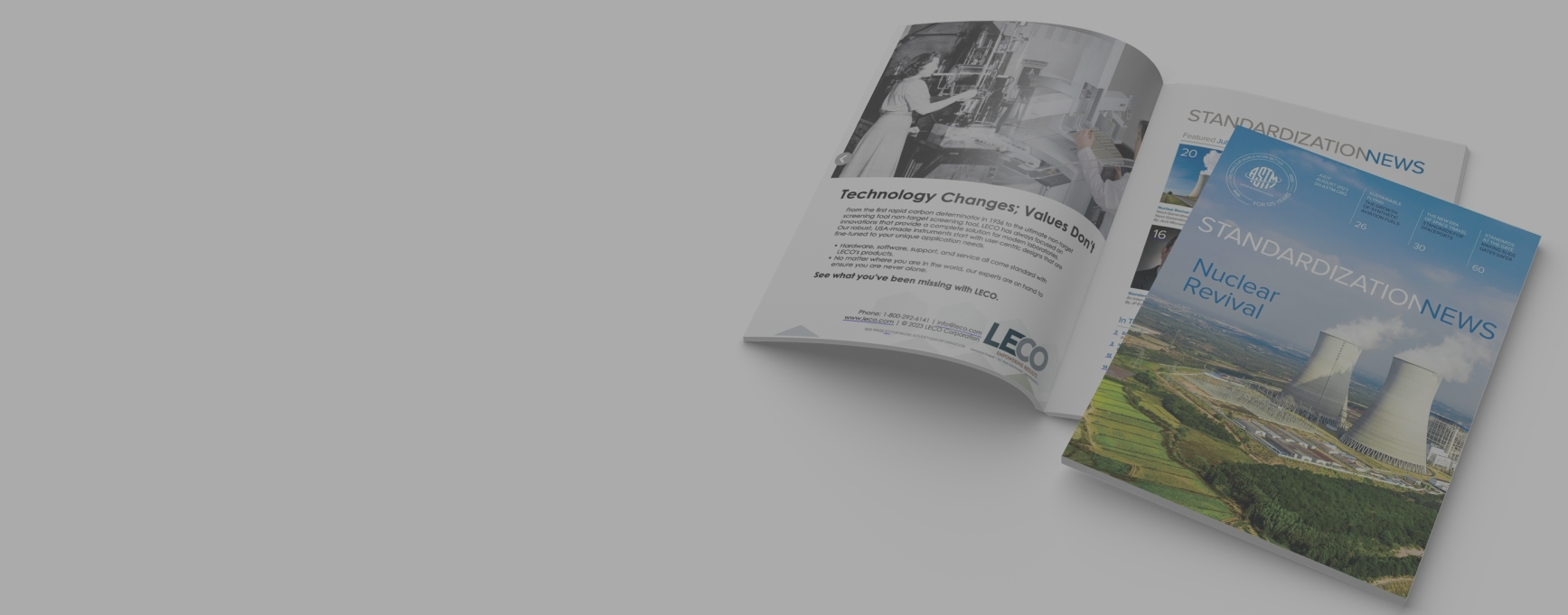
STANDARDIZATION NEWS
STANDARDIZATION NEWS | 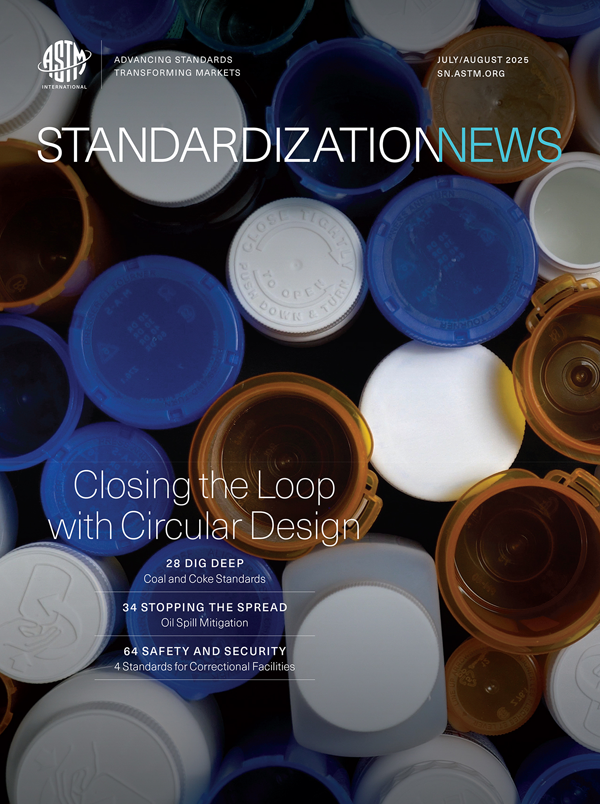 |
Publicity Request Form
Looking to publicize an ASTM activity through a press release or Standardization News article? Fill out this form to start the process.




